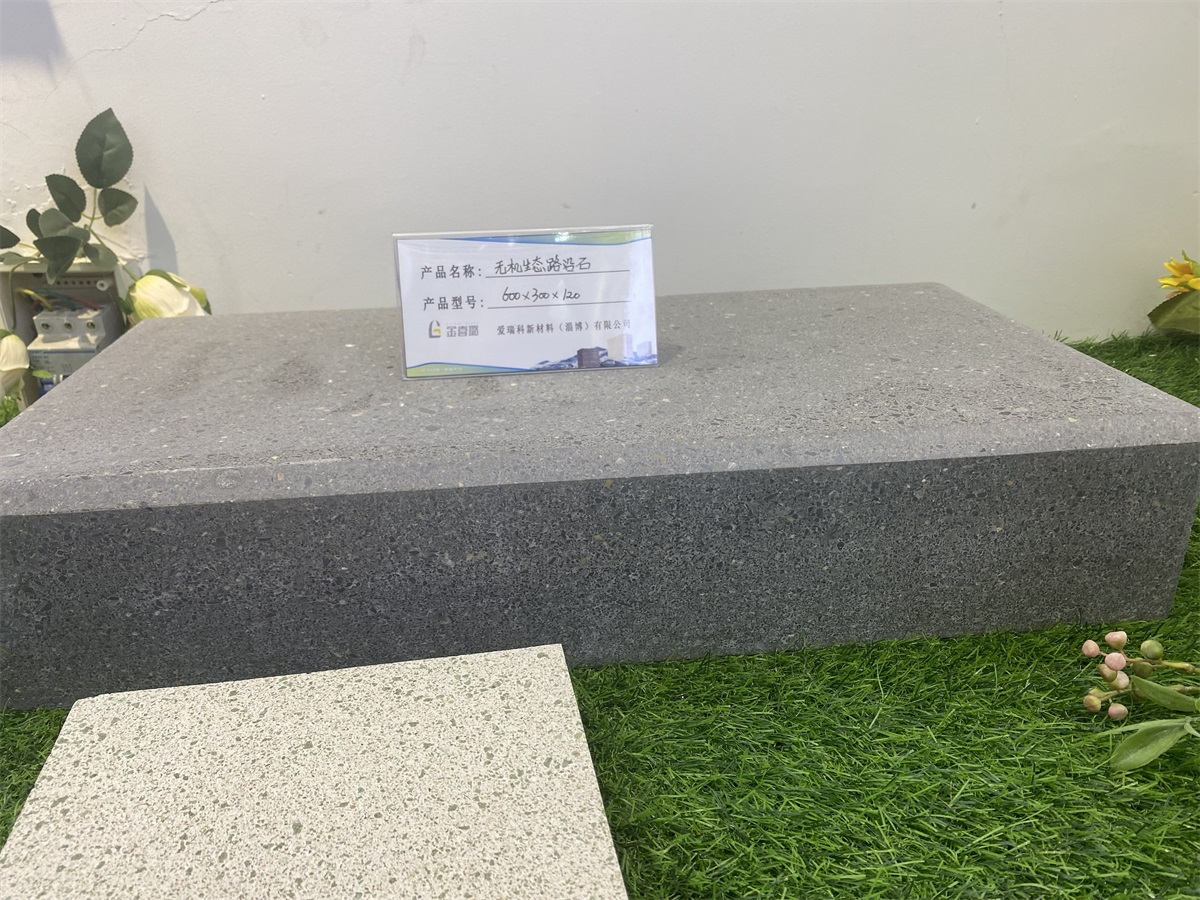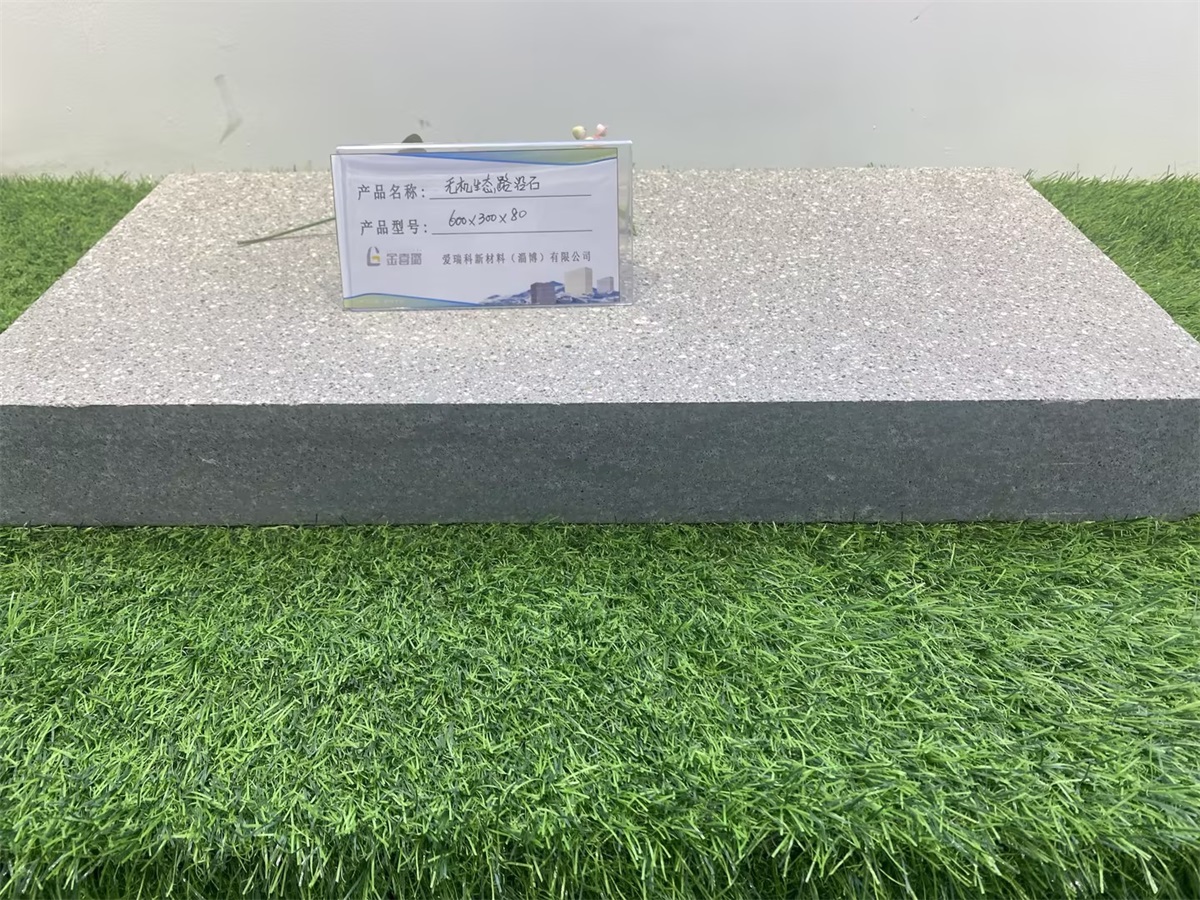釉面磚干燥裂紋的形成及解決分析
在釉面磚的生產(chǎn)過程中,無論是一次燒成還是二次燒成,坯釉裂紋是常見的質(zhì)量缺陷之一。裂紋的種類多,產(chǎn)生原因復(fù)雜,解決方法也各異,生產(chǎn)技術(shù)人員對此并不陌生。小編在生產(chǎn)實(shí)踐中時(shí)常發(fā)現(xiàn),看似簡單的裂紋,有時(shí)并沒有明顯的辨別特征,一線生產(chǎn)技術(shù)人員分析時(shí)容易產(chǎn)生誤判;甚至在查明裂紋的產(chǎn)生原因后,卻因?yàn)樯a(chǎn)條件的限制,導(dǎo)致問題遲遲不能完全解決,造成生產(chǎn)成品率的下降。
In the production process of glazed tiles, whether it is fired once or twice, cracks in the glaze are one of the common quality defects. There are many types of cracks, complex causes, and various solutions, which are not unfamiliar to production technicians. In production practice, the editor often finds that seemingly simple cracks sometimes do not have obvious distinguishing features, and frontline production technicians are prone to misjudgment when analyzing them; Even after identifying the cause of the crack, the problem was delayed and could not be completely solved due to production conditions, resulting in a decrease in production yield.
根據(jù)山東釉面磚裂紋的形成原因,釉面磚的常見裂紋大致可分為以下三種:
According to the causes of cracks in Shandong glazed tiles, common cracks in glazed tiles can be roughly divided into the following three types:
一是機(jī)械碰撞裂紋,包括干壓成型過程的脫模撞裂、翻坯機(jī)碰裂、橫線、平臺及輥棒送磚過程造成的裂紋,等等。
One is mechanical collision cracks, including demolding collision cracks during the dry pressing forming process, billet flipping machine collision cracks, cracks caused by the horizontal line, platform, and roller bar feeding process, and so on.
二是燒成冷卻過程出現(xiàn)的裂紋。此類裂紋較長,或有弧形裂、鋸齒裂等外觀特征。
The second is the cracks that appear during the firing and cooling process. This type of crack is longer, or has appearance characteristics such as arc-shaped or serrated cracks.


三是干燥過程的裂紋,即干燥工藝參數(shù)控制不合理,干燥收縮導(dǎo)致的裂紋,包括邊裂、中心裂、面裂等。特別是磚邊緣部分的細(xì)裂紋,有時(shí)裂紋深度只比釉層深一點(diǎn)點(diǎn),燒成前不易發(fā)現(xiàn),常被忽視。這種裂紋與干燥曲線、坯料配方、粉料工藝參數(shù)都有關(guān)系。
The third is the cracks during the drying process, which are caused by unreasonable control of drying process parameters and drying shrinkage, including edge cracks, center cracks, surface cracks, etc. Especially for the fine cracks on the edge of the brick, sometimes the crack depth is only slightly deeper than the glaze layer, which is difficult to detect before firing and is often overlooked. This type of crack is related to the drying curve, billet formula, and powder process parameters.
機(jī)械碰撞裂紋和冷卻造成裂紋一般有明顯的辨別特征,較易判斷,而干燥導(dǎo)致的裂紋有時(shí)易與其它裂紋混淆,解決難度較大。
Mechanical collision cracks and cracks caused by cooling generally have obvious distinguishing features and are easy to determine, while cracks caused by drying are sometimes confused with other cracks and difficult to solve.
一般情況下,干燥裂紋的解決方法主要包括以下三方面:
In general, the solutions to dry cracks mainly include the following three aspects:
(1)坯料配方??刂聘稍锸湛s較大的原料用量,在成型壓力能滿足生坯強(qiáng)度的情況下,盡量減少粘土類原料的比例。
(1) Blank formula. Control the amount of raw materials with high drying shrinkage, and minimize the proportion of clay materials while ensuring that the molding pressure can meet the strength of the green body.
(2)壓制成型。改善粉料的顆粒級配,提高粉料的粗顆粒比例。
(2) Press forming. Improve the particle grading of the powder and increase the proportion of coarse particles in the powder.
(3)烘干窯爐。烘干窯的前段(加熱階段)保持“高溫高濕”狀態(tài),中段(等速干燥階段)要求熱風(fēng)不能過于干燥或潮濕,后段(降速干燥階段)可采用窯尾冷卻回收的熱風(fēng)。
(3) Drying kiln. The front section (heating stage) of the drying kiln should maintain a "high temperature and high humidity" state, while the middle section (constant speed drying stage) requires that the hot air should not be too dry or humid, and the rear section (reduced speed drying stage) can use the hot air recovered from the kiln tail cooling.
對于產(chǎn)品的干燥裂紋問題,在不同工廠的實(shí)踐中,解決思路大致接近卻又不盡相同。筆者分析認(rèn)為,主要有以下幾點(diǎn)需要注意。
In the practice of different factories, the solution to the problem of drying cracks in products is generally similar but not entirely the same. The author analyzes and believes that there are mainly the following points that need to be noted.
生產(chǎn)管理中,常把干燥裂紋誤當(dāng)作機(jī)械碰裂來處理,一味地增加坯料的粘土比例,提高粉料水分,以增加生坯強(qiáng)度,不但收效甚微,還會(huì)導(dǎo)致問題更加嚴(yán)重。所以,當(dāng)出現(xiàn)裂紋時(shí),建議生產(chǎn)管理人員詳細(xì)分析裂紋的特征,總結(jié)裂紋出現(xiàn)的規(guī)律,是否與模具、壓力機(jī)、進(jìn)磚平臺、烘干窯、主窯等環(huán)節(jié)有明確的相關(guān)性。更多相關(guān)內(nèi)容就來我們網(wǎng)站http://gravoaliva.com咨詢吧!
In production management, dry cracks are often mistakenly treated as mechanical cracks, blindly increasing the clay ratio of the billet and increasing the moisture content of the powder to increase the strength of the green billet. This not only has little effect, but also leads to more serious problems. So, when cracks appear, it is recommended that production management personnel analyze the characteristics of the cracks in detail, summarize the rules of crack occurrence, and determine whether there is a clear correlation with links such as molds, presses, brick feeding platforms, drying kilns, and main kilns. For more related content, come to our website http://gravoaliva.com Consult!
相關(guān)產(chǎn)品
相關(guān)新聞














